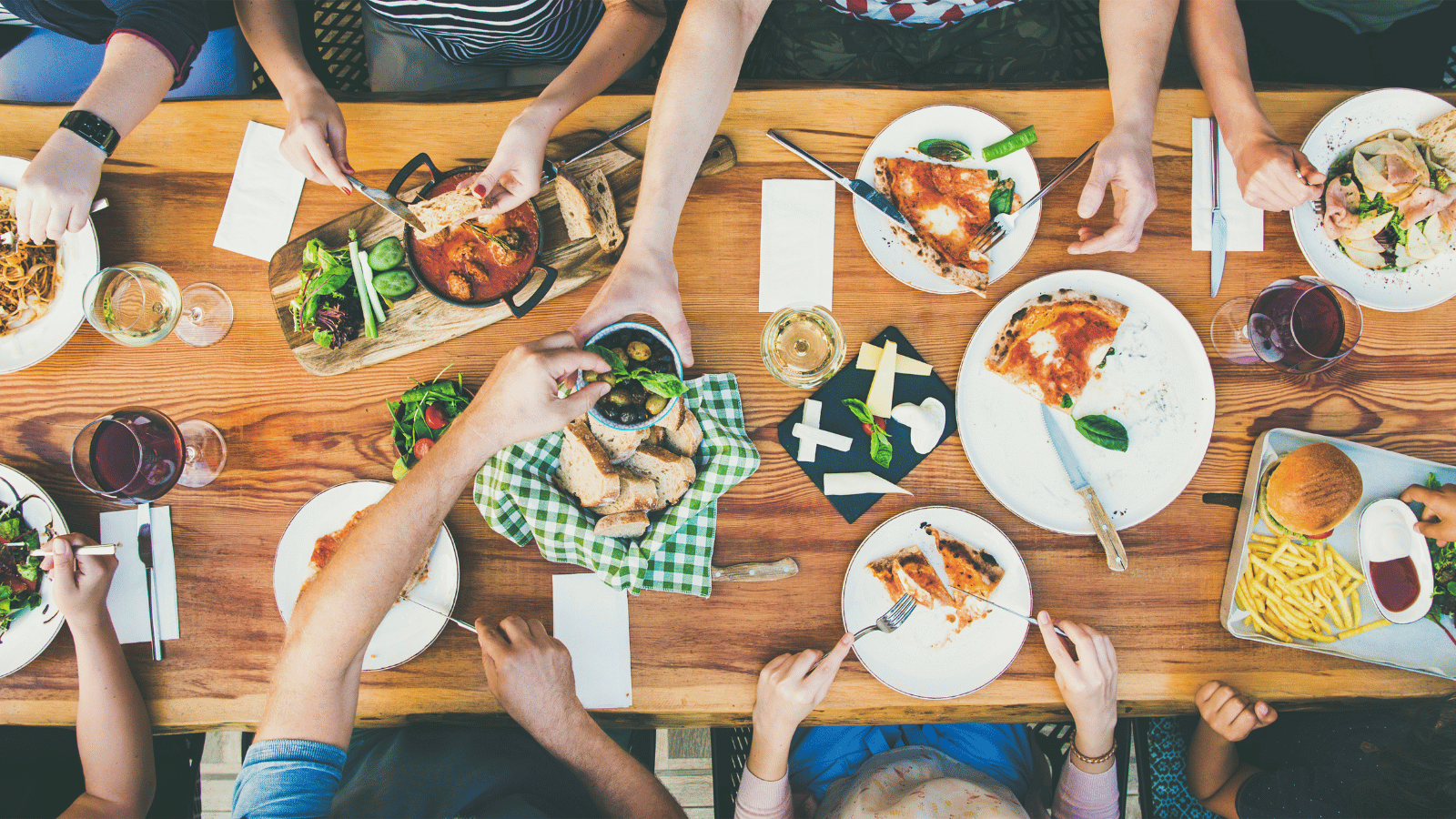The Power of First Impressions: Why Seating Matters
When customers enter a foodservice establishment, they bring specific expectations with them. The initial impression made by the restaurant’s front-of-house area can either meet, exceed, or fall short of these expectations, with seating playing a crucial role in shaping this first impression.
For example, a restaurant with cramped seating that restricts movement for both guests and staff can give the impression of hurried service. On the other hand, a spacious seating arrangement creates an atmosphere of relaxation and comfort, allowing patrons to unwind and enjoy their meal.
It’s essential that the seating aesthetics match the overall atmosphere of the restaurant. In a fast-casual setting, modern and streamlined seating can enhance the dining experience. Conversely, for upscale establishments designed for romantic dining, the seating layout should reflect this intention. Comfortable bench seats can be arranged to allow couples to sit closely together, enhancing the ambiance and dining experience.
Ergonomics and Comfort
As a rule, comfortable seating will encourage guests to eat and relax more. More time means more earnings for a restaurant that can increase orders with additional drinks and desserts. By comparison, other establishments may wish to serve more orders as quickly as possible to get more customers in and out. In that case, having less comfortable chairs and tables encourages guests to eat fast and leave.
A restaurant that wants guests to stay a while must also provide sufficient personal space. As people enjoy their meals, they'll have conversations with each other. However, chatting with someone is uncomfortable when another table is too close. Finally, restaurant seating arrangements should consider how easy it is for guests to get in and out of their seats as necessary throughout their meal.
Maximizing Space Efficiency
The more seats a restaurant has, the more people it can accommodate and the higher its sales. However, there's a limit to how many tables and chairs fit within a dining area. Realistically, there should be at least several feet of room between tables for guests to get in and out and for wait staff to move around uninterrupted.
Sometimes, the best way to maximize efficiency is to utilize different seating types. For example, booths may be against the wall and small tables in the center of the room. Also, it may work to have high-top tables in corners for individual guests and couples. Finally, operators should consider accessibility needs, such as for those with walkers, canes, and wheelchairs.
Operators can and should experiment with different seating arrangements to see what works best. In some cases, drawing a layout to scale and moving individual elements around on the page helps. This way, everyone can see the design's appearance before physically moving anything.
Designing for Different Dining Styles
It's rare for a restaurant to have uniform seating everywhere in the dining area. Realistically, choosing tables and chairs that fit a specific section is better. Some examples can include:
Bar Seating
Stools are essential for a restaurant bar, but many options exist. While there are many unique styles, operators must choose between stools with or without a back or arma, if the stool will have adjustable heights, and whether they have cushioning. There are pros and cons to each type of stool, but the best option is the one that aligns with the manager's profitability goals.
For example, if an operator wants guests to hang out at the bar, they may choose ones with backs and cushions. Alternatively, if bar seating is for guests waiting for a table, backless stools with no cushions may make more sense.
Dining Tables and Chairs
There are multiple options when it comes to finding different types of tables and chairs for a restaurant. However, they must coordinate, both in color scheme and aesthetic. For example, putting metallic chairs around a handmade wooden table doesn't make sense.
Operators must also consider how many chairs they can fit around a table without it feeling too crowded and how the table will work when plates and drinks are on it. If the table is too small, it can get cramped quickly, leading to a negative dining experience.
Outdoor Seating
When the weather allows, patio and deck seating is excellent for restaurants. Outdoor seating cannot only help improve a restaurant's bottom line but also elevate the atmosphere and create a more inviting image.
Managers must consider weather resistance, comfort, and ergonomics when choosing outdoor tables and chairs. These seats must also match the interior's aesthetic so there's a cohesive brand identity throughout the establishment. That said, outdoor areas may be for relaxing and socializing, so there may be more chairs and fewer (smaller) tables.
Overall, seating is a valuable investment, so operators must take the time to approach this task carefully and diligently.
Discover the best outdoor seating for your restaurant, bar, or venue:

